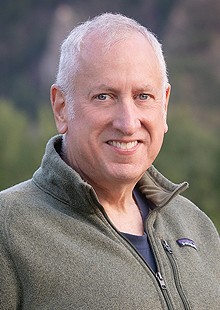
ABOUT
Professor Speyer earned his B.S, M.S., and Ph.D. degrees in Ceramic Engineering from the University of Illinois Urbana/Champaign. He joined the MSE faculty in 1992 after serving on the faculty at the New York State College of Ceramics at Alfred University for six years.
He has published over 140 refereed papers and holds over twenty patents. He has advised 23 Ph.D. and 16 M.S. graduate students. His areas of interest over a forty-five-year span of research are varied: glass fusion and devitrification, fiber-reinforced glass-ceramic composites, powder processing and sintering of high-performance ceramics, rate-controlled sintering, single-crystal growth of piezeoelectric ceramics, gas radiant burners, processing of ultra-high temperature aerospace composites, lightweight ceramic armor, ceramic-based lasers, and net-shape steel production from ceramic powder compacts. Dr. Speyer’s research has been funded by NAVAIR, Army Natick and Aberdeen, AFOSR, DARPA, ARPA-E, U.S. Congress, Gas Research Institute, and private industry.
Dr. Speyer was previously the President of Innovative Thermal Systems, a manufacturer of thermoanalytical scientific instruments. He is presently the President and CEO of Verco Materials, llc, which manufactures conformable personal armor and roll-up ballistic shields for both handgun and rifle protection of law enforcement officers.
Dr. Speyer is the author of Thermal Analysis of Materials, written in the 1990’s, and has recently completed the textbook Applied Chemical Thermodynamics. He presently teaches courses in Chemical Thermodynamics, Thermal and Transport Properties of Materials, and Ceramic Processing, Properties, and Applications.
EDUCATION & AWARDS
- B.S. (1980)
- M.S. (1981)
- Ph.D. (1986), Ceramic Engineering, University of Illinois at Urbana-Champaign